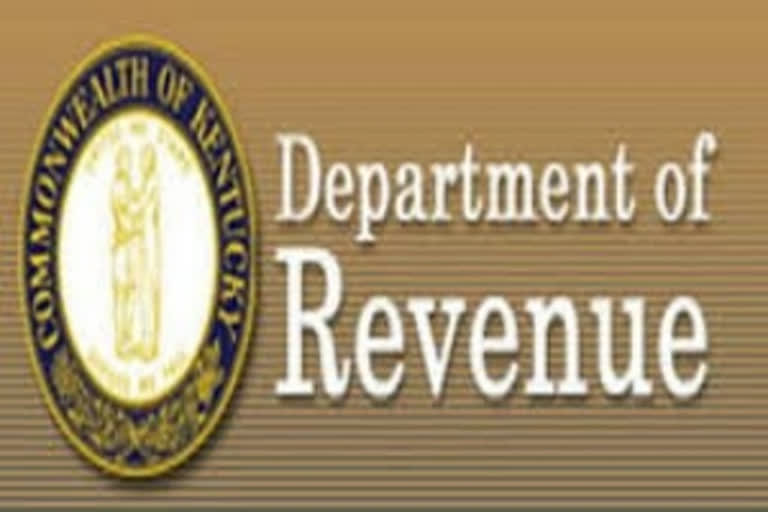New Delhi: The Department of Revenue on Monday clarified that there will be no extra compliance burden on GST payers due to the turnover displayed in the form 26AS on the Income Tax Department’s website.
In a statement, the department said that the GST turnover that is being shown in the 26AS form is only for the information of taxpayers.
“The department of revenue acknowledges that there may be some differences in GSTR-3Bs filed by a taxpayer and the GST shown in the Form 26AS,” the revenue department said.
However, the department clarified that there cannot be a huge mismatch between the turnover shown in the GST return and income tax return as several such cases have been detected by the department by using data analytics.
“It can’t happen that a person shows a turnover of crores of rupees in GST and doesn't pay a single rupee of income tax,” officials said.
The department reiterated its stand as some social media posts claimed that now the taxpayer will be required to reconcile the GST turnover uploaded in Form 26AS with the turnover shown by him in the Income Tax Return.
Social media posts claimed that it would increase the compliance burden.
“Such concerns expressed in social media are not based on facts and hence, these are misleading and skewed,” the department of revenue said in a statement sent to ETV Bharat.
“It has been noticed that many unscrupulous persons are trying to avail or pass on input tax credit fraudulently by generating fake invoices,” said the department.
CBIC cracks down on the use of fake GST invoice
In one of the biggest nationwide drive against fake GST invoice frauds, which started last Monday, tax officials arrested 25 people and searched close to 1200 entities, in just four days.
Officials said that the use of fake GST invoice is being viewed seriously by the department as entails leakage of both direct and indirect taxes to the exchequer.
Tax officials have been using data analytics to identify the creators of fake GST invoices to fraudulently avail input tax credit under the GST system.
The officials have also been looking at the income tax profile of GST registered entities to find out any mismatch between the two.
“These persons in most of the cases never file their income tax returns or disclose very meagre taxable income in the Income Tax Return. The suspected fake invoice generators are being identified for serious action under GST and other laws including suspension of their GST registration,” officials said.
Officials clarified that the notified Income Tax Return for the current AY 2020-21 already requires reporting of GST outward supplies in the Schedule GST.
“The information displayed in Form 26AS would provide ease of compliance to the taxpayers in filing Schedule GST. There would be no change in the reporting requirement with the display of information of GST turnover in Form 26AS because the honest taxpayers are already furnishing GST returns and Income Tax Return and reporting their turnover correctly,” officials explained.
Officials said it would ease the reporting of GST turnover in the GST Schedule of the Income Tax Return and should be seen as an important step in the direction of Transparent Taxation - Honoring the Honest drive launched by the government.
Officials said that the display of GST turnover in income tax profile would force the dishonest taxpayers who have been underreporting their turnover to the income tax department in comparison with their GST returns.
New Form 26AS notified in June
In order to facilitate voluntary compliance by taxpayers, the Finance Act, 2020 amended the provisions of the Income Tax Act, 1961 and expanded the scope of Form 26AS with effect from June 1 this year.
As a result, a new form 26AS was made available to the taxpayers.
The new Form 26AS is the faceless hand-holding of the taxpayers to e-file their income tax returns quickly and correctly.
The new form 26AS contains various information reported by reporting entities in the Statement of Financial Transactions such as information of cash deposits, withdrawals from saving bank accounts, sale and purchase of immovable property, term deposits, credit card payments, among other.
Also Read: Fictitious Input Tax Credit: Directorate General of GST Intelligence arrests four




